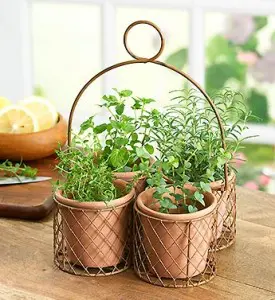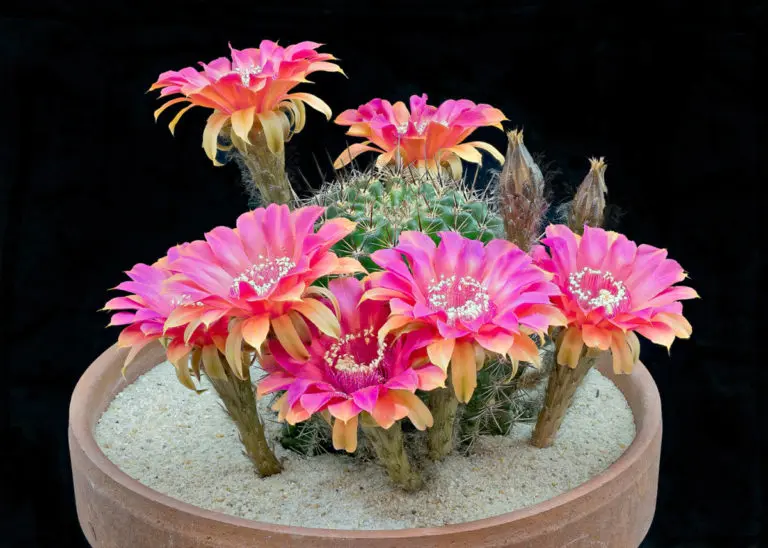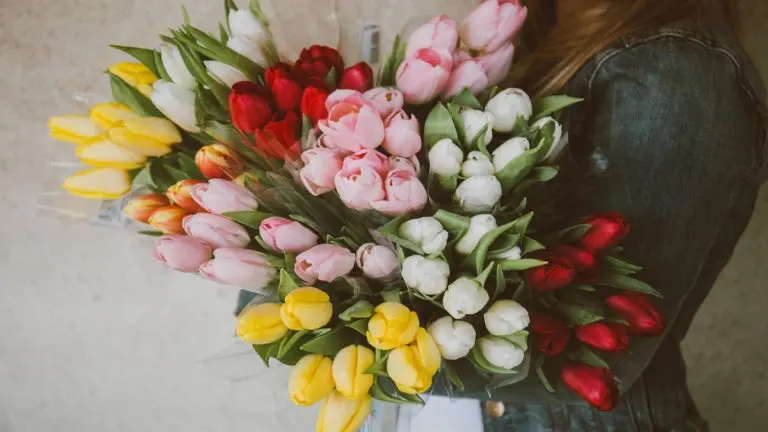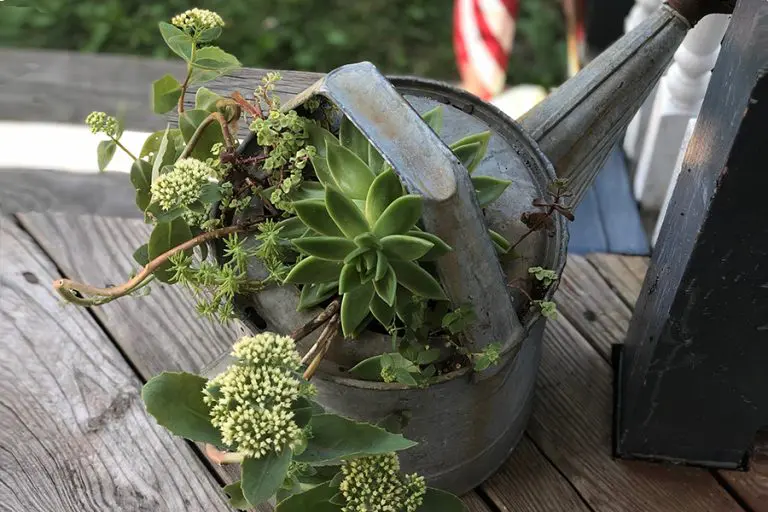
Herbs love sunshine and warm weather. That means they really don’t like it in the refrigerator, so when you buy a bunch of basil, use what you need and carefully store the remainder in your crisper, it turns into black slime overnight. Why not grow your own container herb garden? Herbs are generally very sturdy and forgiving plants—after all, many of them are weeds in their native lands—and they do well in containers. It’s so handy, too, to be able to step outside your kitchen door and snip off exactly as much as you need. Here is a selection of basic culinary herbs that will flourish in containers:
- Parsley (flat leaf or curly)
- Basil
- Oregano
- Marjoram
- Thyme
- Sage
- Rosemary
- Dill
- Chives
- Tarragon
- Mint
- Cilantro/coriander
There’s no need to start with seeds: All of these are readily available in four-inch pots from any garden center—for about the same price you’d pay for a bunch of cut herbs at the supermarket—which means you can start using them immediately.
What sort of container is best? You have lots of options, depending on your budget and your sense of style: You can buy lovely terra-cotta or ceramic pots, stop by a dollar store for inexpensive plastic containers, or rummage around among your garden castoffs for something suitable. You could build or buy a trough and plant rows of herbs if that suits your space. The critical criteria: the container must be at least eight inches deep to give the roots room to grow, and it must have a hole for drainage.
Herbs in general need six hours of sunlight a day, and they require very good drainage. Choose a well-balanced potting mix, preferably organic (you’re going to be eating these leaves, after all), and pick up an organic plant food while you’re at it; you need to feed container plants about once a week.
You could put together an attractive grouping of herbs in a single large pot. Choose herbs with similar sunlight and water needs. Start with something fairly tall for the center, then surround it with lower plants and finish with a couple of supine herbs that will tumble over the rim. If, for instance, you planted basil in the center, with oregano and marjoram and thyme around it, you’d have a container garden of pretty and fragrant herbs—and just about everything you need for spaghetti sauce.
Herbs aren’t just delicious; they are also beautiful. There are multiple varieties of every herb, sometimes with slight differences in flavor, leaf shape and color, and sometimes with large differences. Lemon thyme may look a lot like English thyme, but the flavor is distinctly different. There are so many different kinds of basil—Thai, opal, Genova, cinnamon, etc.—that you could create a useful and decorative display in a single pot.
Almost all herbs produce flowers, so you could factor that in to your selection—lavender chive blossoms, white thyme flowers, purple sage, pink basil blossoms. It’s a good idea to periodically cut the flowers; they are lovely in salads.
If you have the space and inclination, you could add some non-culinary herbs to your container garden. A pot of lavender beside your door could waft you to Provence every time you passed it. Do you like chamomile tea? You can easily grow the herb—Matricaria recutita, or German chamomile—and harvest the flowers for your tea. Mint will thrive under almost any conditions and provide you with plenty of fragrant leaves for tea and juleps and mojitos. The one thing it doesn’t like? Cold.
It will turn into black slime.




Comments are closed.